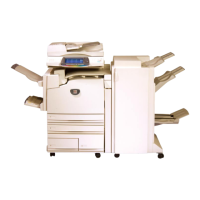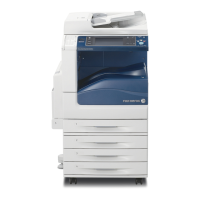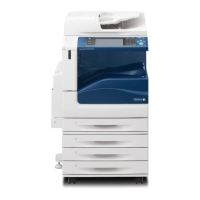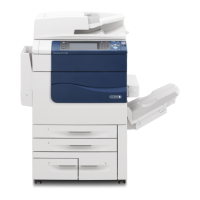Authentication
333
Authentication and Account Administration
13
User Role
The following three user-role types are available.
z
User (general user)
z
System Administrator
z
Account Administrator
For details on each user role, refer to "User Role" (P.231).
Authorization Groups
The following four settings can be configured for each authorization group.
For details on authorization groups, refer to "Create Authorization Groups" (P.238).
Restrict Recipient Selection Method
Allows you to set whether or not to permit the group members to specify recipients
using the keyboard screen and buttons on the control panel, when [Recipient Selection
Method] is set to [Only From Address Book].
For details on the [Restrict Recipient Selection Method] setting, refer to "Restrict Recipient Selection
Method" (P.147).
Restrict User to Edit Address Book
Allows you to set whether or not to permit the group members to edit Address Book
when general users are prohibited editing Address Book.
For details on the [Restrict User to Edit Address Book] setting, refer to "Restrict User to Edit Address
Book" (P.147).
Allow User to Disable Active Settings
Allows you to set whether or not to permit the group members to disable the
Watermark, Secure Watermark, and UUID features during their user sessions.
For details on the Watermark, Secure Watermark, and UUID settings, refer to "Watermark" (P.135),
"Secure Watermark" (P.137), and "Print Universal Unique ID (ApeosPort Series Models Only)" (P.140).
For information on how to temporarily disable the force-printing feature, refer to "Allow User to Disable
Active Settings" (P.243)
When Protection Code is Detected
Allows you to set whether or not to temporarily allow the machine to process a job even
if the machine detects a protection code on the original document.
For details on the Secure Watermark setting, refer to "Secure Watermark" (P.137).
Types of Authentication
The following describes the types of authentication available on the machine.
Authentication is carried out using user information registered on the machine or user
information registered on a remote accounting server.
The following two different authentication methods are offered according to the
registration condition of user information.
Local machine authentication (Login to Local Accounts)
Local machine authentication uses the user information registered on the machine to
manage authentication.
The print from a computer can be received on the machine after being authenticated
by cross-checking the authentication information pre-configured on a client's driver with
that registered on the machine.
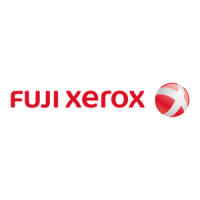
